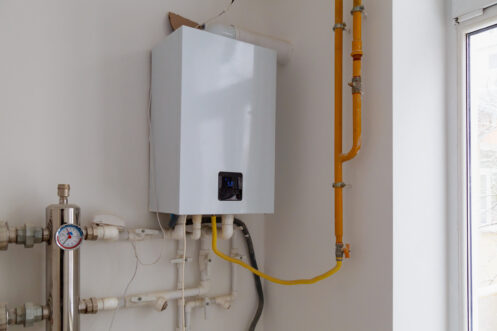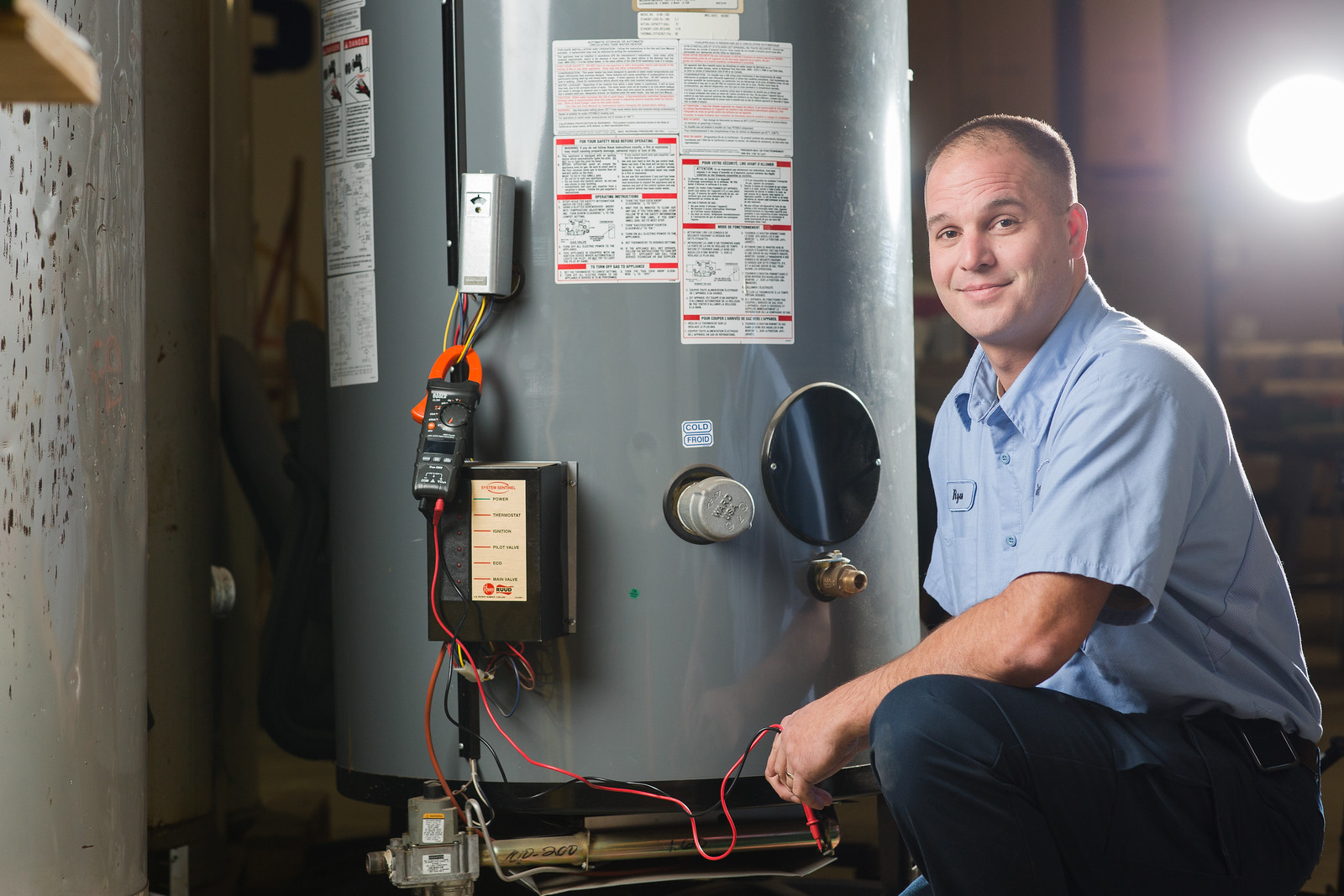Almost everyone will have his or her own piece of advice on the subject of Water Heater Maintenance Tips You Can't Afford to Forget.

Hot water is necessary for day-to-day comfort, whether it's for a revitalizing shower or washing dishes. To guarantee your warm water system runs efficiently and lasts much longer, routine maintenance is key. This short article provides sensible pointers and insights on how to preserve your home's warm water system to stay clear of disruptions and costly fixings.
Introduction
Maintaining your home's warm water system may appear complicated, but with a couple of easy steps, you can ensure it runs smoothly for years to find. This guide covers everything from recognizing your hot water system to DIY maintenance tips and knowing when to employ expert help.
Significance of Keeping Your Hot Water System
Regular upkeep not just prolongs the lifespan of your warm water system however additionally guarantees it runs efficiently. Neglecting maintenance can bring about lowered performance, greater energy costs, and also premature failure of the system.
Signs Your Hot Water System Demands Upkeep
Knowing when your hot water system requires interest can avoid significant concerns. Keep an eye out for indicators such as inconsistent water temperature, unusual sounds from the heater, or corroded water.
Purging the Hot Water Heater
Flushing your water heater removes sediment buildup, boosting effectiveness and extending its life.
Monitoring and Replacing Anode Rods
Anode rods protect against deterioration inside the tank. Inspecting and replacing them when worn out is important.
Complicated Issues Calling For Expert Aid
Instances include significant leakages, electrical troubles, or if your water heater is continually underperforming.
Routine Professional Upkeep Perks
Expert upkeep can include extensive evaluations, tune-ups, and making sure compliance with safety and security requirements.
Examining and Adjusting Temperature Level Settings
Adjusting the temperature level setups guarantees ideal performance and safety.
Do It Yourself Tips for Upkeep
You can execute a number of maintenance jobs on your own to maintain your hot water system in top condition.
Looking for Leaks
Regularly evaluate pipes and links for leaks, as these can bring about water damage and greater bills.
Recognizing Your Hot Water System
Prior to diving right into maintenance jobs, it's valuable to recognize the basic elements of your warm water system. Generally, this consists of the hot water heater itself, pipes, anode rods, and temperature level controls.
Monthly Maintenance Tasks
Normal monthly checks can help catch small concerns before they escalate.
Evaluating Pressure Relief Valves
Evaluating the pressure relief valve guarantees it works properly and stops too much stress buildup.
Insulating Pipes
Shielding hot water pipes lowers warmth loss and can conserve energy.
When to Call an Expert
While do it yourself maintenance is helpful, some problems need specialist knowledge.
Conclusion
Regular upkeep of your home's warm water system is essential for effectiveness, long life, and expense financial savings. By adhering to these pointers and understanding when to look for professional help, you can make sure a trusted supply of warm water without unexpected interruptions.
Water Heater Maintenance: The Basics
Maintaining your water heater will ensure it operates efficiently and has a longer lifespan. Neglecting regular maintenance can lead to costly repairs and an even bigger chunk of your savings if you have to replace it sooner than necessary. But there’s good news: Most water heater maintenance tasks are relatively simple and easy for homeowners with basic DIY skills.
Flush the Water Heater
Over time, sediment and minerals can build up in the tank, reducing its efficiency and potentially causing damage. To flush the tank, turn off the power or gas supply, attach a hose to the drain valve near the bottom and open the valve to drain the water until it runs clear. Ideally, flush the tank annually.
Replace the Anode Rod
The anode rod is a sacrificial metal rod that helps prevent corrosion inside the tank. Inspect and replace it every three to five years or per the manufacturer's recommendation. To replace the anode rod, turn off the power or gas supply, drain a few gallons of water from the tank, unscrew the old rod and replace it with a new one. If the anode rod is significantly corroded or covered in calcium buildup, it's a sign the water heater may need to be replaced soon.
Tune-Up
A yearly tune-up can help identify potential issues and ensure your water heater operates at peak efficiency. This typically involves checking the thermostat, burner assembly (for gas heaters) and any other components specified by the manufacturer. During a tune-up, the technician may also clean the burner and adjust the pilot light (for gas heaters) or examine the heating elements (for electric heaters).
How to Maintain Your Water Heater
Insulate the tank. Insulating the tank can improve energy efficiency and reduce heat loss, saving you money on energy bills. You can purchase precut insulation blankets designed specifically for water heaters or use standard fiberglass insulation wrapped securely around the tank. Check the temperature. The recommended water temperature for most households is around 120 degrees Fahrenheit (49 degrees Celsius). Higher temperatures can increase energy costs and potentially cause scalding. Use a kitchen thermometer to check the temperature at the faucet nearest the water heater. Monitor water pressure. Excessive water pressure can strain the water heater and cause leaks or even tank failure. Install a pressure-reducing valve if necessary. The ideal water pressure range is between 60 and 70 PSI (pounds per square inch). Test the temperature and pressure (T&P) relief valve. The T&P relief valve is a safety feature that releases pressure if the tank gets too hot or the pressure builds up too high. Test it annually by lifting the lever and allowing a small amount of water to release. Replace the valve if it doesn't release water or reseal properly. Check for leaks. Regularly inspect the tank, pipes and fittings for leaks or corrosion. Deal with issues promptly to prevent further damage. Even a small leak can lead to significant water damage over time. Consider a tankless water heater. If your traditional tank-style water heater is nearing the end of its lifespan ( typically 10 years), consider replacing it with a tankless water heater. These units heat water on demand, reducing standby energy losses and potentially saving you money on your energy bills. Schedule professional maintenance. While homeowners can perform many water heater maintenance tasks, it's still a good idea to schedule professional maintenance every few years. A plumber or HVAC technician can thoroughly inspect the unit, identify potential issues and ensure it operates safely and efficiently. https://www.homeserve.com/en-us/blog/home-improvement/hot-water-heater-maintanence/

Do you enjoy more info about Tips on Maintaining a Water Heater? Create a remark down below. We'd be happy to know your views about this review. Hoping that you come back again soon. Loved our review? Please share it. Let someone else discover it. Thanks for going through it.
Schedule Estimate